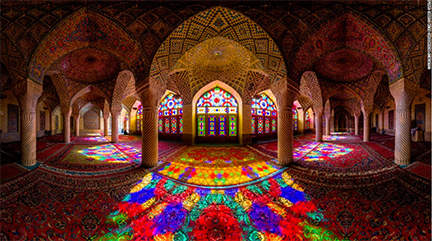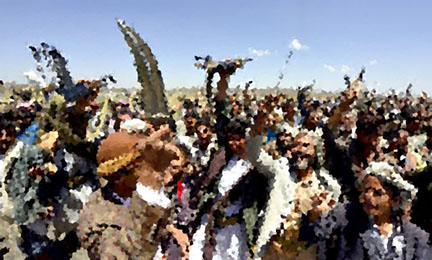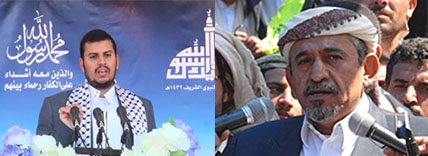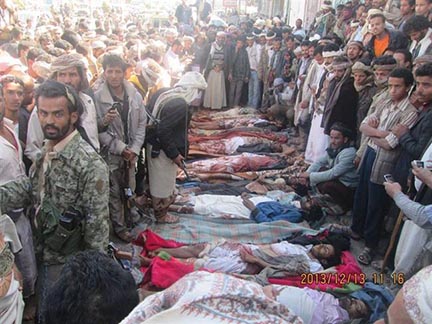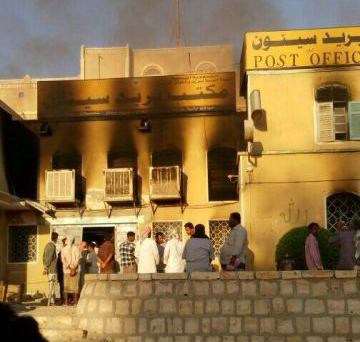
When I first arrived in Yemen, early in 1978, I found a virtual janna, a country building itself up by the sandalstraps, people who were welcoming, tribesmen who did more than wear their honor on their sleeves, a sense that the future would bring good things. It was not a land frozen in time, despite the lack of infrastructure and Western amenities, but a force for change as Yemenis took to entrepreneurship as second nature (which it, of course, always was). Development was in the air and on the ground, as bilateral and United Nations agencies poured money into Yemen, much of it ineffectual and wasted. In 1978 USAID was sponsoring a major sorghum improvement project in Yemen, a boondoggle that did little more than collect seeds for the University of Arizona’s seed bank. Given what I learned about Yemeni farmers’ knowledge, they should have been giving advice to the United States on how to grow sorghum. Much ado was made about building up the capacity of the central government, although the money flowing in through the various programs invited corruption rather than sustainable growth. Still, I have felt over the years that Yemenis, by and large, have the resolve and grit to persevere.
In the past three and a half decades Yemen has experienced ups and downs. A population estimated around 6 million or less back then has skyrocketed to some 24 million today. With the decline in subsistence agriculture, which at least filled stomachs, poverty and malnutrition are greater today than they were in 1978. The devastating loss of remittance wealth, which fueled Yemen’s grass-roots development in the 1980s, has led to chronic unemployment. The much touted unification in 1990, a kalashnikov wedding in hindsight, could not overcome the power politics and regional rivalry that have played out in the last two decades. The removal, or at least side-lining, of Ali Abdullah Salih has thus far not resulted in progress towards a peaceful solution to Yemen’s agonizing conflicts. The problem is not so much the inability of Yemen to renew itself, but the continual interference from outside forces. Continue reading Yemen from Janna to Jahannam →
